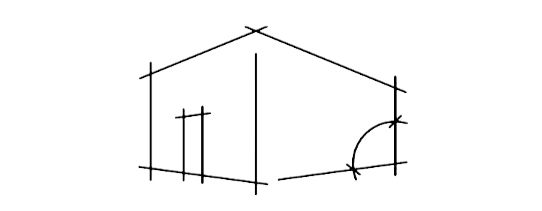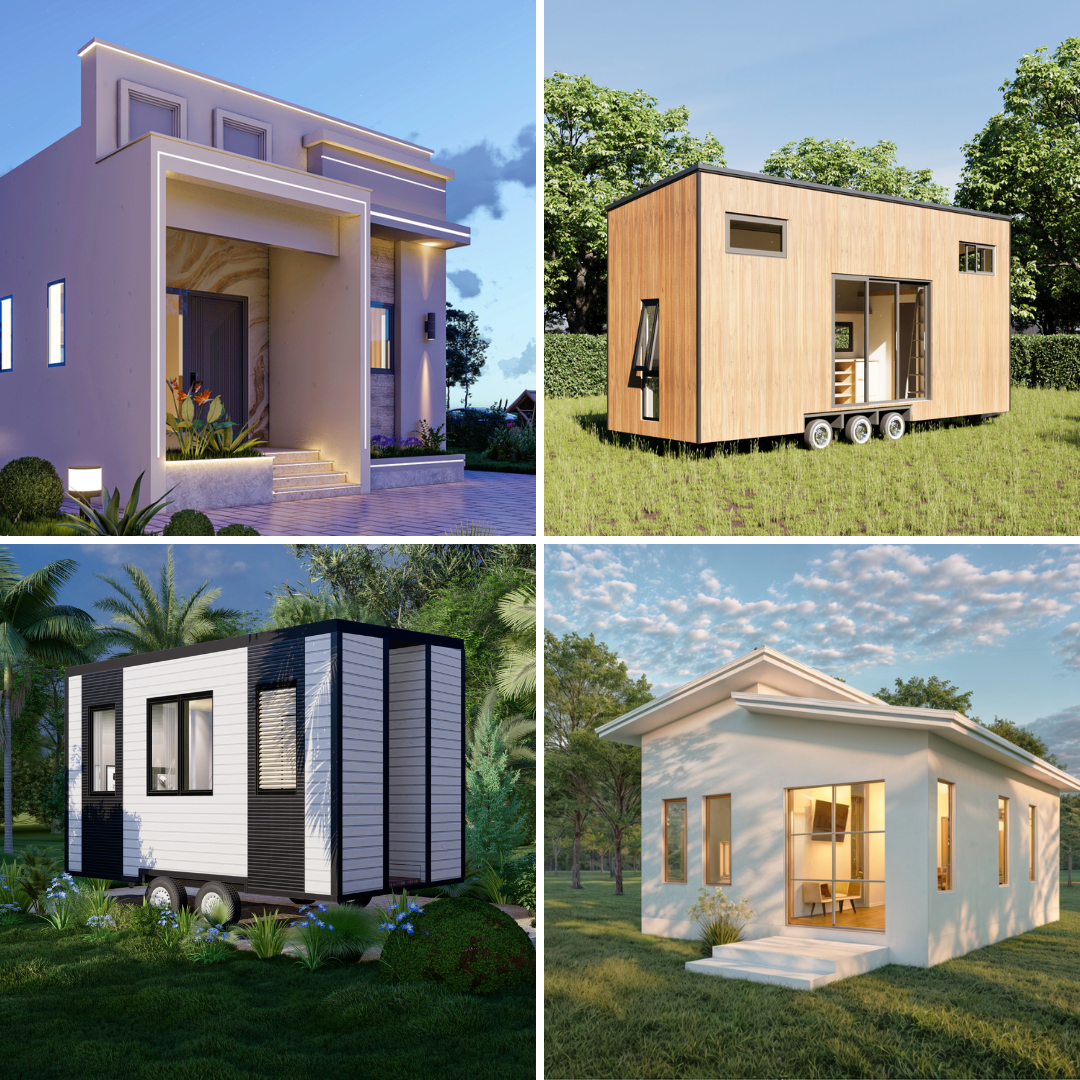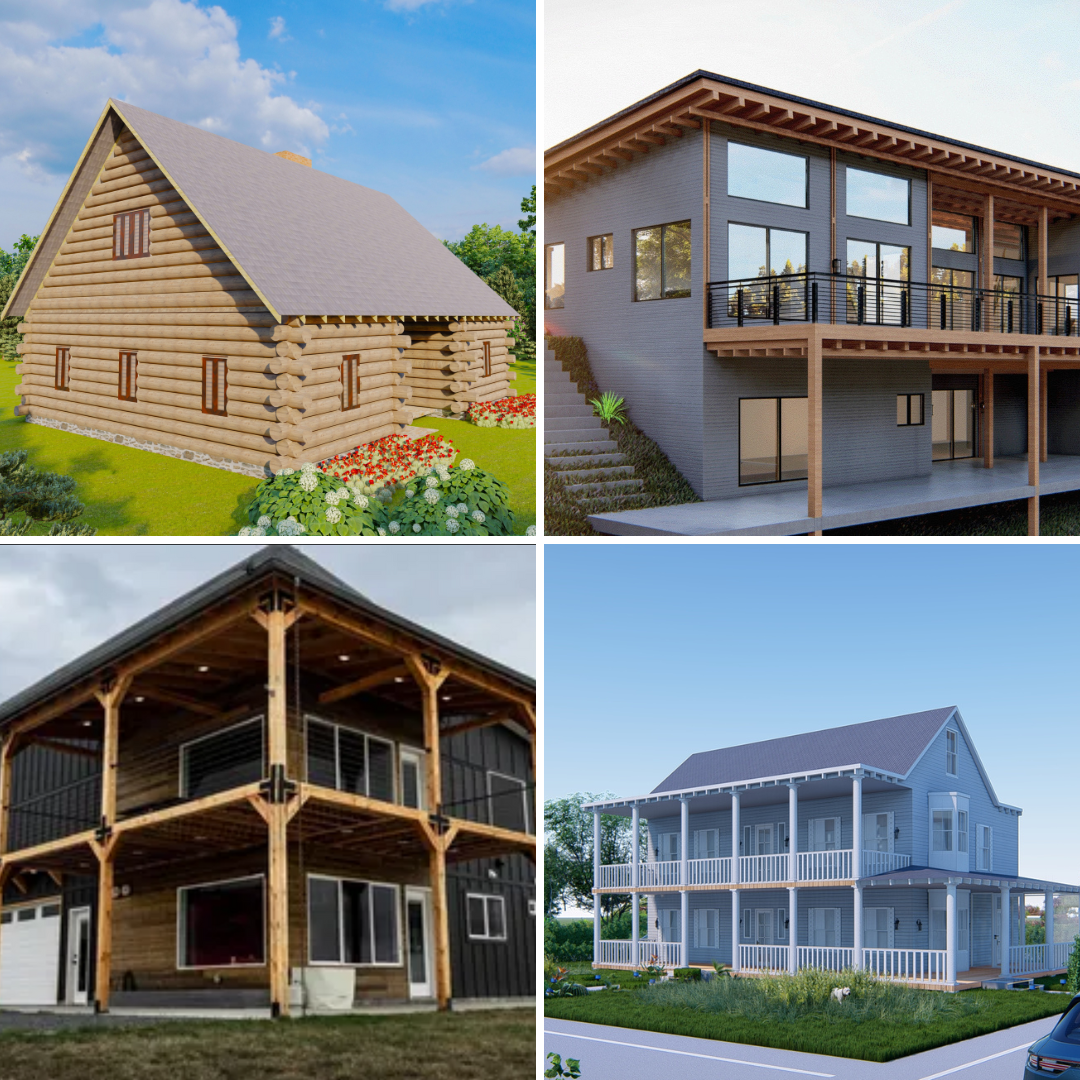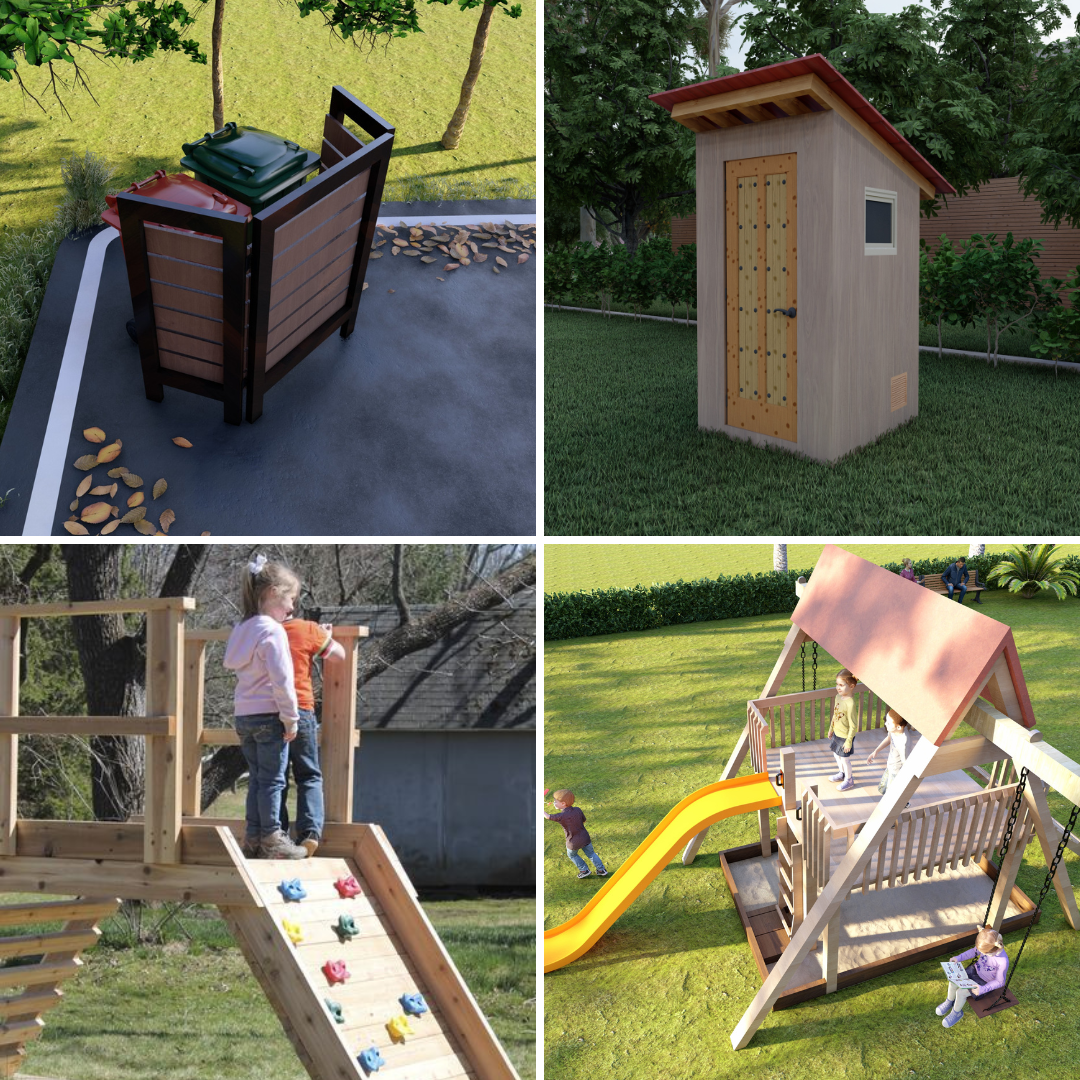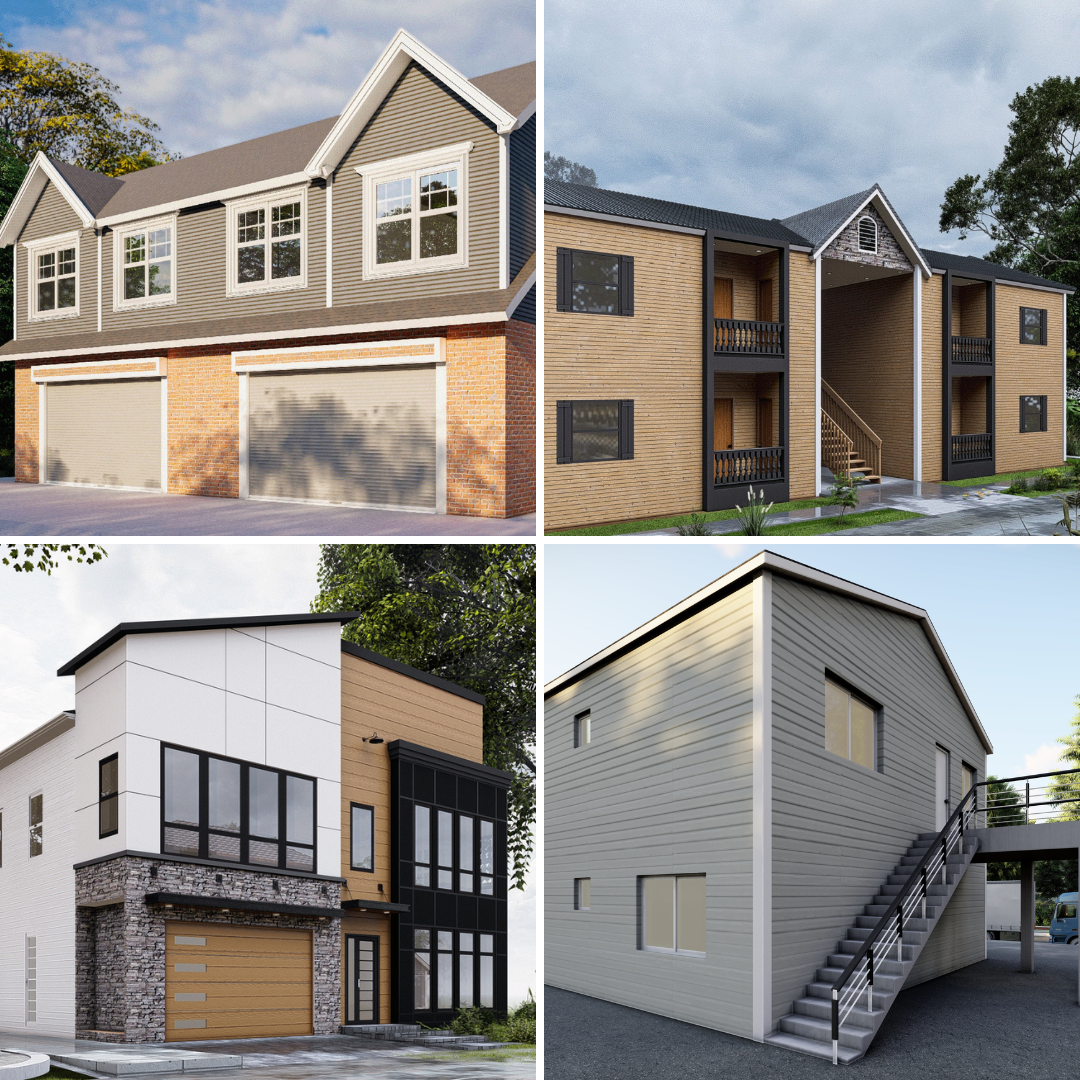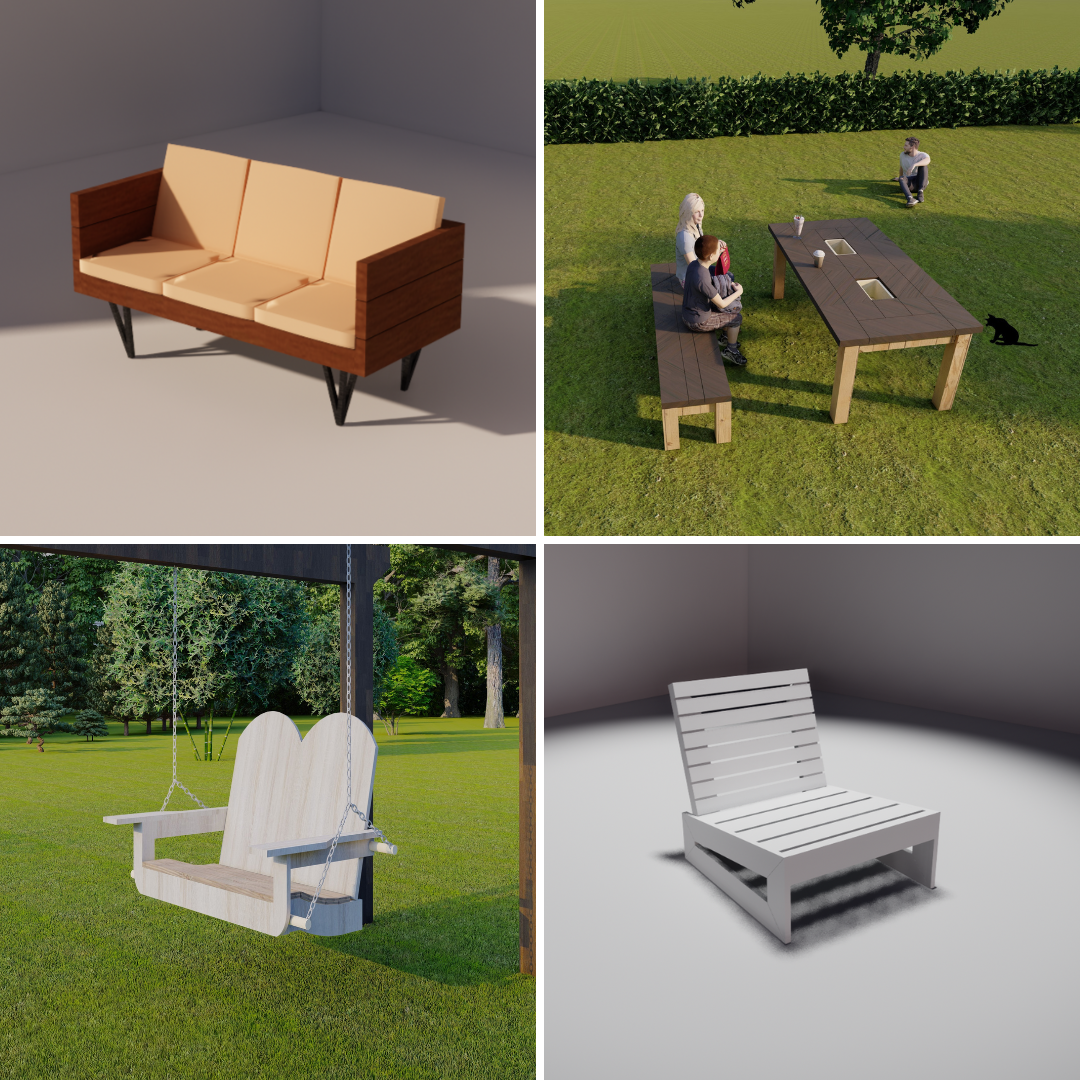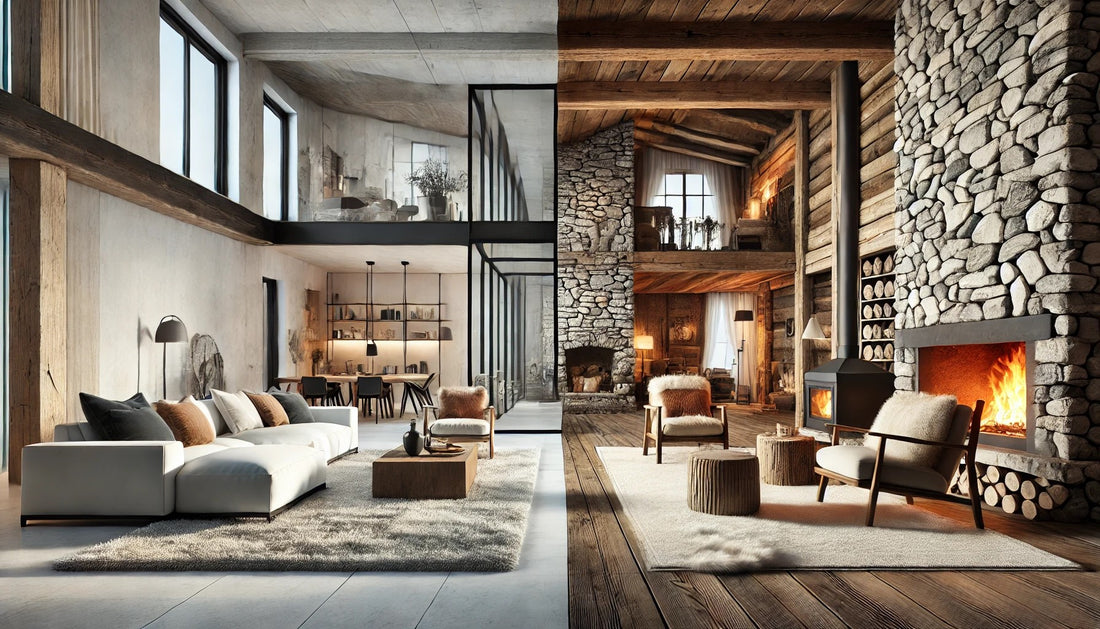
Modern vs. Rustic: Which Home Design Style Fits You Best?
Share
When envisioning your dream home, one of the first decisions you’ll face is selecting the design style that resonates with your lifestyle and personality. Are you captivated by sleek, modern aesthetics or enchanted by the warmth of rustic charm? This choice plays a pivotal role in shaping the overall look and feel of your space. Whether you’re planning a new build or reimagining an existing structure, exploring our House & Cabin Plans can provide inspiration tailored to both modern and rustic preferences.
Understanding the nuances of each style can help clarify your vision. Modern design emphasizes clean lines, minimalism, and contemporary functionality. In contrast, rustic design is steeped in tradition, focusing on natural materials and creating a cozy ambiance. To explore how these and other styles fit into today’s trends, consult Interior Design Styles 101: The Ultimate Guide To Decorating Styles in 2025 for a comprehensive overview of popular decorating approaches. This guide dives into the defining features of various styles, helping you craft a home that feels uniquely yours.
1. The Key Features of Modern Home Design
Modern home design revolves around the principles of simplicity, functionality, and innovation. Originating in the early 20th century, this style prioritizes form and practicality over elaborate ornamentation. Here’s what sets modern homes apart:
-
Clean Lines and Open Spaces: Modern architecture embraces geometric shapes and open floor plans to create an airy, uncluttered environment. Walls are often kept to a minimum to maximize natural light and enhance flow between spaces.
-
Neutral Color Palettes: Subdued shades like white, gray, and beige dominate modern interiors, creating a calming backdrop. Accent colors are typically introduced sparingly through artwork or furniture.
-
Focus on Materials: High-quality, man-made materials such as glass, steel, and concrete are staples of modern design. These elements contribute to a sleek and polished appearance.
-
Functional Furniture: Modern furnishings are often multi-functional and emphasize comfort without compromising aesthetics. Think modular sofas, built-in shelving, and innovative storage solutions.
This style appeals to those who value efficiency and simplicity. It’s especially ideal for urban settings or individuals looking for a space that feels uncluttered and forward-thinking.
2. The Charm of Rustic Home Design
Rustic design transports you to a simpler time, celebrating the beauty of nature and craftsmanship. Rooted in tradition, this style reflects a connection to the earth through its use of organic materials and warm tones. Key elements include:
-
Natural Materials: Wood, stone, and other raw materials take center stage in rustic design. Exposed beams, reclaimed wood, and stone fireplaces are hallmark features.
-
Warm and Inviting Atmosphere: Rustic homes prioritize coziness and comfort, often incorporating soft textiles like wool rugs and plush throws.
-
Earthy Color Schemes: Neutral tones inspired by nature—such as browns, greens, and deep reds—dominate rustic interiors, creating a grounded and serene ambiance.
-
Handcrafted Details: Rustic design often features artisanal touches, such as hand-carved furniture or custom cabinetry. These elements add character and a sense of authenticity.
Rustic homes are perfect for those who love the outdoors and seek to bring that connection into their living spaces. Whether it’s a mountain retreat or a farmhouse in the countryside, rustic design exudes timeless charm.
3. How to Decide: Modern or Rustic?
Choosing between modern and rustic styles ultimately depends on your preferences and how you envision using your space. Here are some factors to consider:
-
Lifestyle: Modern homes are ideal for individuals who prioritize efficiency, technology, and minimal upkeep. Rustic homes, on the other hand, are better suited for those who value tradition, warmth, and a connection to nature.
-
Location: Consider your home’s setting. Modern designs often complement urban or suburban environments, while rustic styles blend seamlessly into rural or natural landscapes.
-
Budget: Rustic designs may require more investment in materials like reclaimed wood and stone, whereas modern homes focus on cost-effective, streamlined materials like glass and concrete.
-
Future Flexibility: If you’re planning for the long term, think about how easily your chosen style can adapt to changes in taste or family needs. Modern designs often incorporate modular elements, while rustic styles offer a timeless quality that rarely goes out of fashion.
Ultimately, there’s no right or wrong choice. Some homeowners even blend the two styles, creating a harmonious balance between sleek modernity and rustic charm. For example, a modern home might feature a rustic stone fireplace as a focal point, or a rustic cabin could include minimalist lighting fixtures to add a contemporary touch.
Final Thoughts
Deciding between modern and rustic design styles is a deeply personal journey. By understanding the key features and advantages of each, you can create a home that reflects your personality and meets your practical needs. Whether you’re drawn to the sleek lines of modern architecture or the cozy allure of rustic design, the possibilities are endless. Let your imagination guide you as you build or transform your dream home.
